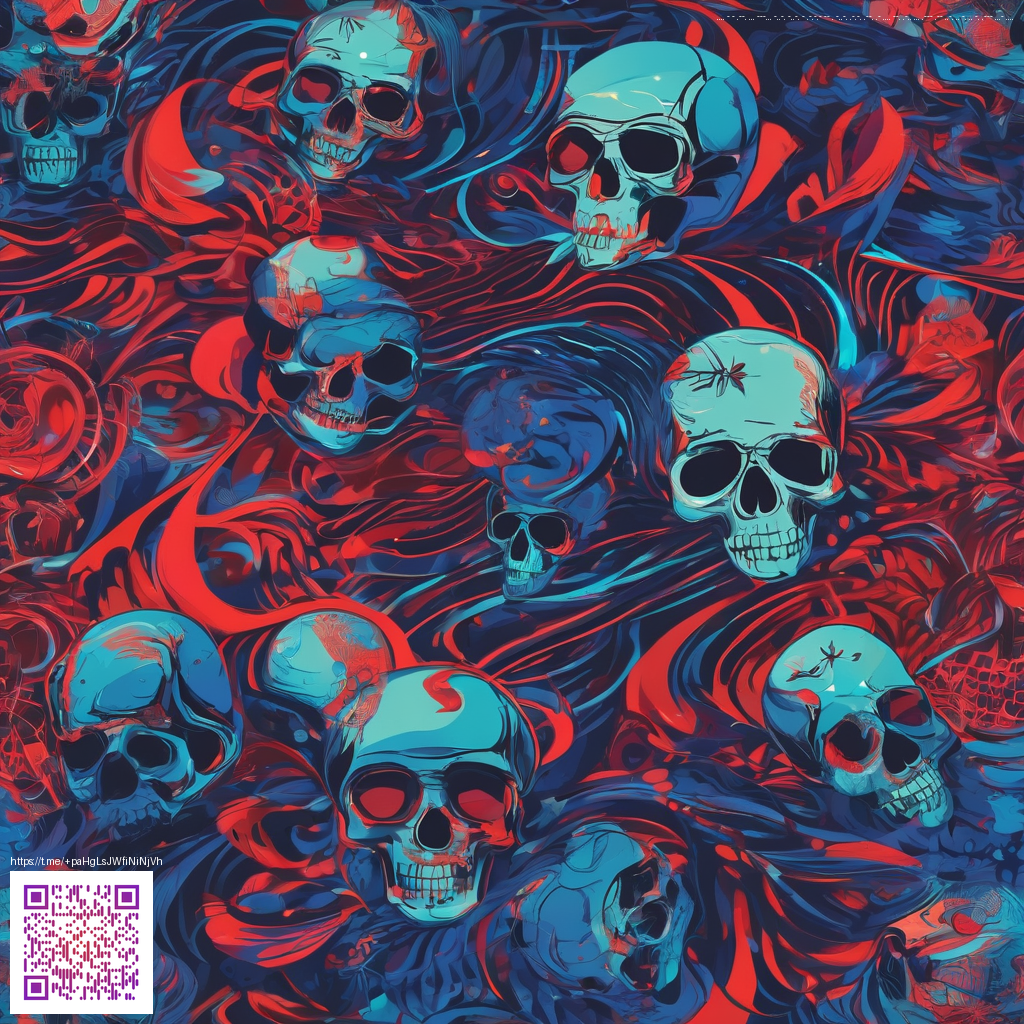
Silence and Fear: How Quiet Enables Terror in Horror Games
Silence in horror games isn’t merely an absence of sound—it’s a carefully engineered instrument. When developers pull back the audio, players lean into their own thoughts, and the game world becomes a stage where imagination does more work than any jump scare ever could. Quiet moments heighten tension by making every creak, every distant whisper, and even the player’s own breath feel loaded with possibility. In many modern titles, sound design treats silence as a suspenseful cue, a signal that something hidden is about to reveal itself.
That approach plays with our natural instincts. Humans are wired to seek patterns and interpret noise as a potential threat. In a silent corridor, the mind fills the void with imagined threats—perhaps a shadow moving just out of sight or a noise that seems to be getting closer. Silence is the engine that powers anticipation, turning what could be a routine exploration into a nerve-wracking watch for danger. The impact isn’t just auditory; it becomes a visceral experience, altering pace, posture, and even how long a player can stay still without feeling exposed.
“Silence is not empty; it is crowded with possibilities—many of them terrifying. When sound returns, it carries weight because the absence that preceded it felt earned.”
Why silence lands so effectively with players
First, silence reframes pacing. Quiet moments stretch time, making players weight every action, from peering around a corner to stepping into a dim doorway. The lack of immediate feedback invites players to scrutinize the environment, search for visual cues, and second-guess their choices. This heightened cognitive load is a core ingredient of psychological horror, where fear often stems from uncertainty rather than overt danger.
Second, silence reinforces isolation. In multiplayer or story-driven horror, silence can isolate the player inside the protagonist’s perspective. When nothing is happening audibly, players become acutely aware of their own vulnerability, as if the world has suddenly narrowed to a single, fragile perception. It’s in these pockets of quiet that fear can feel most intimate and personal, making every discovery—whether a faint footstep or a sudden noise in the distance—land with greater significance.
Techniques that wield silence with surgical precision
- Layered ambient silence: A hushed baseline that dips to near nothing, punctuated by rare, deliberate sounds to maximize impact when they occur.
- Silence at threshold moments: Doors, vents, or stairways open into stillness, creating a space where players expect something to happen but aren’t sure what or when.
- Sound as a narrative tool: Silence is not passive—it's descriptive. When audio returns, it confirms a threat’s presence or suggests the protagonist’s proximity to danger.
- Subtle cues that whisper fear: Faint breathing, distant footsteps, or a barely audible whisper can be more unsettling than loud stingers, because they require players to listen closely and interpret what isn’t obvious.
- Environmental storytelling without noise: Visual cues—lighting, textures, and geometry—work in concert with silence to guide attention toward risk and away from comfort.
For players who want to stay sharp during these tense stretches, a precise and reliable input surface can make the difference between confidently tracking a threat and misjudging a motion in the dark. If you’re upgrading your gear, consider a tactile accessory that offers steady feedback under pressure. The Custom Mouse Pad 9.3x7.8 in White Cloth Non-Slip Backing provides a stable, responsive surface that helps you react with accuracy when tension spikes in a quiet sequence. You’ll find that deliberate, controlled movements translate into a calmer, more controlled playstyle during the most nerve-wracking moments. For readers curious about related setups and context, this page may offer additional perspective: https://digital-x-vault.zero-static.xyz/d7b8da75.html.
As designers continue to refine the art of silence, players gain a more intimate relationship with the space between noises. The quiet isn’t a void to endure; it’s a canvas for anticipation, misdirection, and the sudden, unforgettable moment when sound finally returns. In the end, silence in horror games is a tool—one that turns anticipation into action and transforms players from passive observers into vigilant participants in a chilling, immersive experience.